The Multi-Modal Mobility Morphobot shows off a few of its skills on Caltech’s campus. More info: https://www.caltech.edu/about/news/new-bioinspired-robot-flie…
Get the latest international news and world events from around the world.
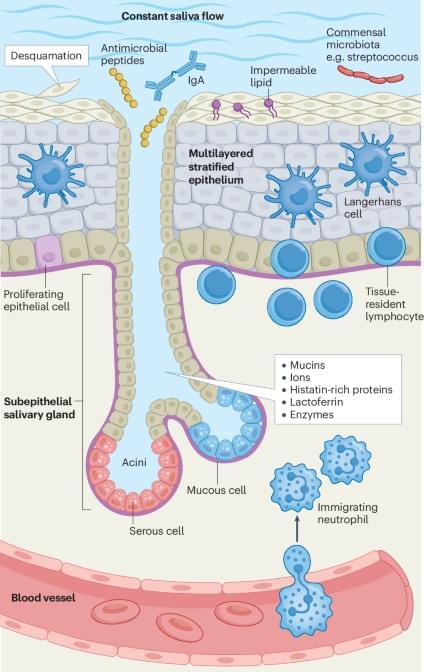
Viral infection and antiviral immunity in the oral cavity
The oral mucosa is a critical barrier tissue that is continually exposed to pathogens, but antiviral immune responses in this tissue are poorly understood. Moreover, recent viral outbreaks, including SARS-CoV-2 and mpox, feature oral symptoms. This Review discusses antiviral immunity in the oral cavity and presents current mouse models for the study of oral viral infections.

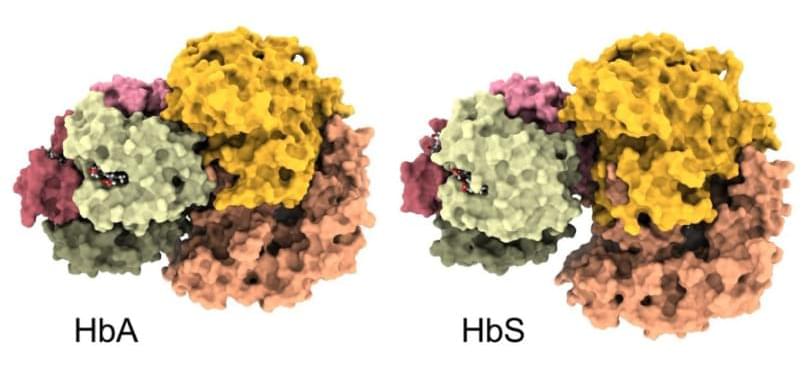
A New View of Hemoglobin and its Role in Malaria
NIH scientists used multiphoton imaging of live human arteries and other research tools to gain a new and unexpected understanding of how hemoglobin helps regulate blood vessel dilation. The research may lead to new ways to treat malaria and other vascular diseases. Learn more about these studies.
A look inside human arteries reveals a new picture of hemoglobin’s role there and may lead to treatments for malaria and other vascular diseases.
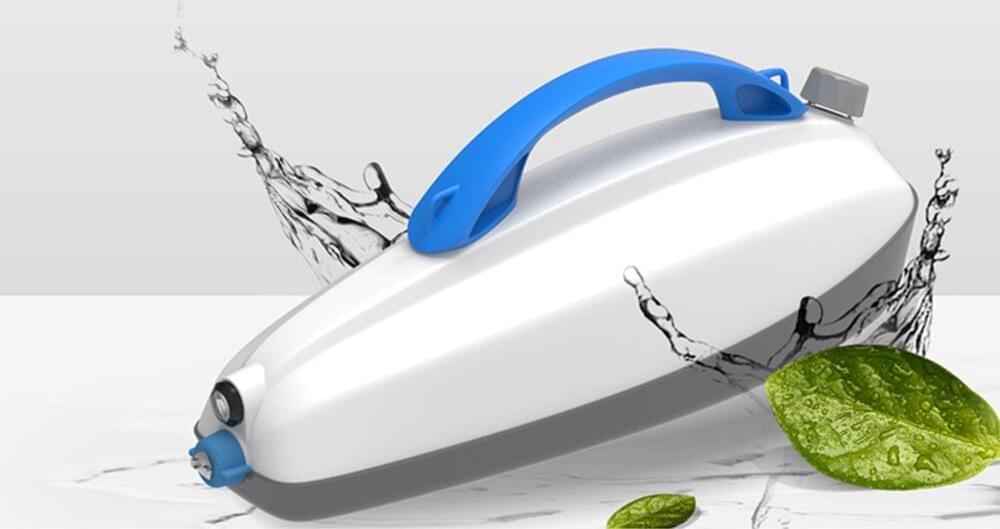
Portable plasma slays 99.8% germs, turns water into bacteria-killer
This innovative sterilizer is ideal for remote areas, promoting sanitation and eco-friendly farming.
Seoul, South Korea, December 9: A South Korean company, Palsoo, has unveiled a portable sterilization system that utilizes regular tap water to eliminate 99.8% of airborne bacteria and viruses effectively.
This technology, which combines plasma activation with solar charging, offers a sustainable solution for sanitation in areas lacking electricity or facing harsh conditions.
During the CES 2025 Global Media Meet-up event at the AVING News MIK Basecamp in Seoul on December 9, the company’s CEO, Jang Palsoo, explained how the system works.

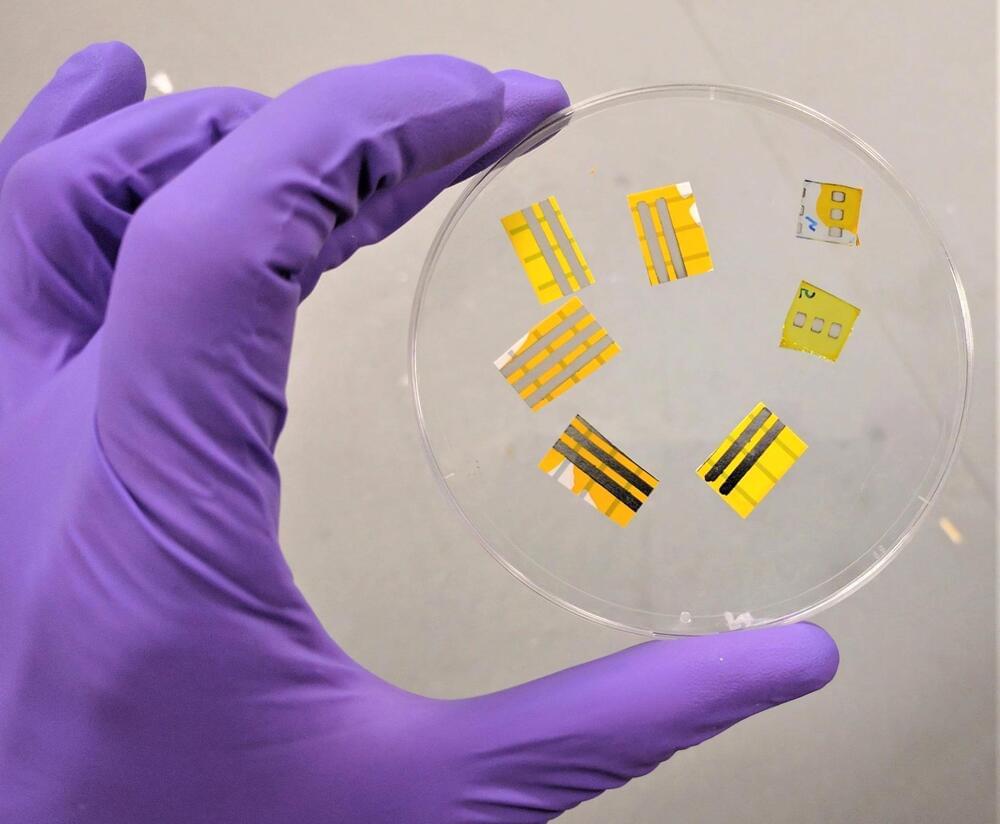
Smart OLED Tattoos: Engineers Create Light-Emitting Tattoo
Scientists at UCL and the IIT-Istituto Italiano di Tecnologia (Italian Institute of Technology) have created a temporary tattoo with light-emitting technology used in TV and smartphone screens, paving the way for a new type of “smart tattoo” with a range of potential uses.
The technology, which uses organic light-emitting diodes (OLEDs), is applied in the same way as water transfer tattoos. That is, the OLEDs are fabricated onto temporary tattoo paper and transferred to a new surface by being pressed on to it and dabbed with water.
The researchers, who described the process in a new paper in the journal Advanced Electronic Materials, say it could be combined with other tattoo electronics to, for instance emit light when an athlete is dehydrated, or when we need to get out of the sun to avoid sunburn. OLEDs could be tattooed on packaging or fruit to signal when a product has passed its expiry date or will soon become inedible, or used for fashion in the form of glowing tattoos.

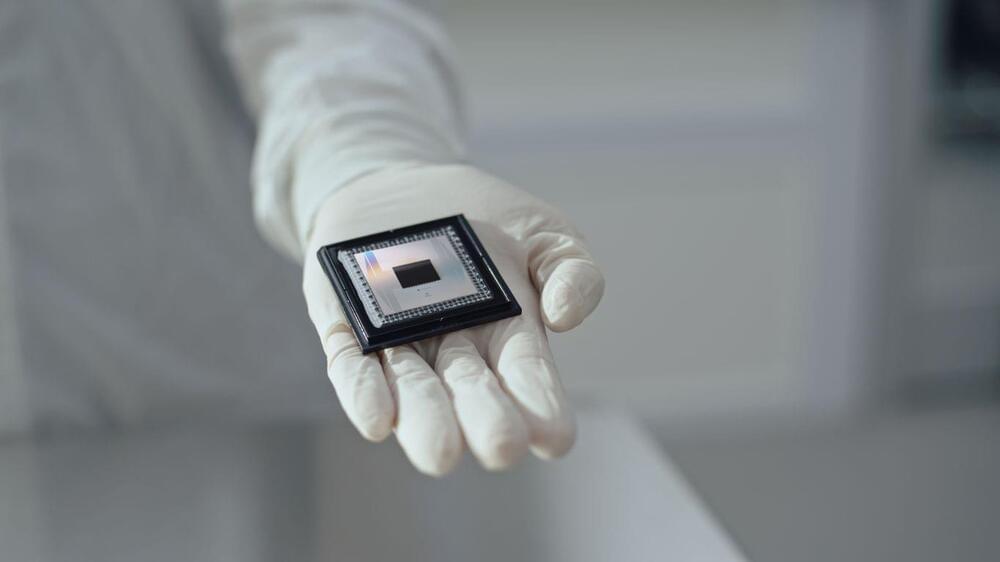
Google’s new quantum chip cuts key error rate
Currently, dark matter detection requires specialized laboratories with costly equipment. ODIN has the potential to overcome this limitation.
“ODIN’s sensitivity is primarily dependent on phonon density rather than target volume, in contrast to existing systems. This feature may enable compact, low-cost detectors, with the ability to perform lock-in dark matter detection by periodically depopulating the phonon mode,” the study authors explain.
Moreover, the proposed device design features only one optomechanical cavity. Instruments with multiple cavities could result in more exciting results.
